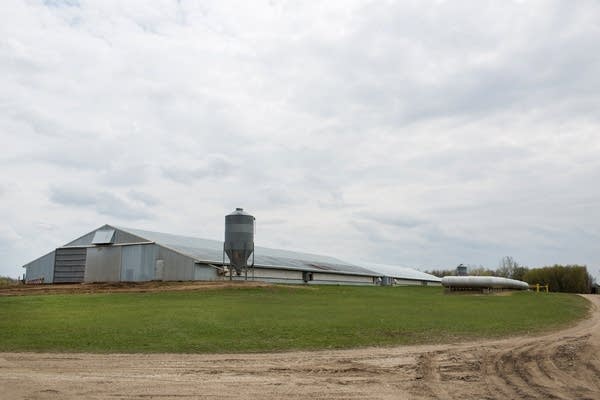How to get rid of millions of dead birds

Litchfield turkey farmer Greg Langmo lost the 11,000 turkeys who lived in this barn to avian influenza.
Jennifer Simonson | MPR News
Go Deeper.
Create an account or log in to save stories.
Like this?
Thanks for liking this story! We have added it to a list of your favorite stories.


